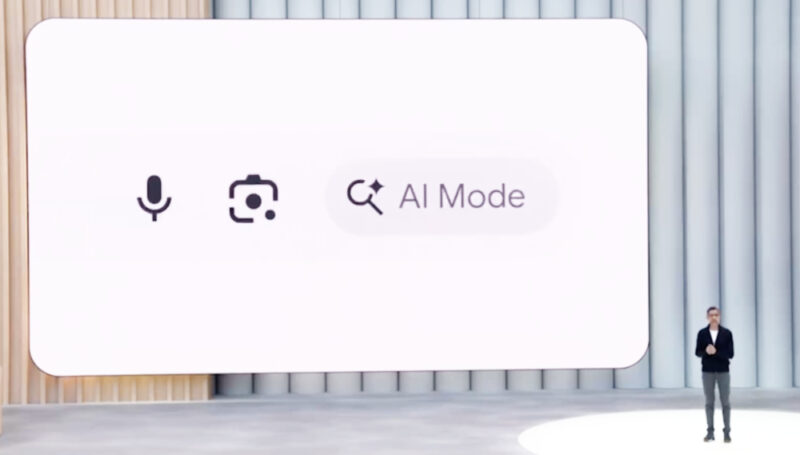Google’s AI comeback: How I/O 2025 rewrites Aussie marketing rules
In Marketing We Trust CEO Paul Hewett deep dives into what’s coming from Google and why it matter for marketers, as showcased in its annual I/O developer conference this week. One takeaway: expect higher search volumes, reduced referral volumes, and higher quality referral traffic.
Let’s be frank: for a while there, it felt like Google was playing catch-up in the great AI race. But after the sheer volume and ambition on display at Google I/O 2025, it’s clear they’re not just back in the game, they’re playing with a vengeance. Now, if you’ve followed my previous, sometimes pointed, commentary on Google’s recent performance, particularly around Search, this upbeat take might surprise you. But as someone who lives and breathes this stuff, I haven’t seen an I/O this packed with genuinely transformative potential for marketers and advertisers in a long time. There’s a renewed optimism in the air, and for Australian businesses wondering what’s next, the message is clear: the AI future of search and advertising isn’t just coming, it’s here, and it’s looking incredibly dynamic.

Google CEO Sundar Pichai at I/O
The AI arms race: Google’s resounding answer at I/O
The past eighteen months have been a whirlwind, with AI advancements coming thick and fast, largely dominated by an OpenAI-shaped narrative. Google, despite its foundational contributions to AI, sometimes appeared to be on the back foot, reacting rather than leading. I/O 2025, however, felt like a strategic reset. Powered by its significantly enhanced Gemini 2.5 series of models, particularly the versatile Gemini 2.5 Pro with its massive context window and the nimble Gemini 2.5 Flash, Google showcased a cohesive vision for an AI-infused ecosystem that leverages its immense scale and existing user base. This isn’t just about chatbot capabilities – it’s about fundamentally reimagining core products.
Search reimagined: More Google engagement, less site traffic?
Let’s address the elephant in the room: Google Search and the impact of AI Overviews (AIO). For many marketers, including numerous Australian teams I’ve spoken with, the rollout of AIO has been a source of considerable anxiety. We’ve seen unpredictable traffic shifts, with some businesses experiencing notable drops in leads from previously reliable mid-funnel informational content now seemingly answered directly by AI.

